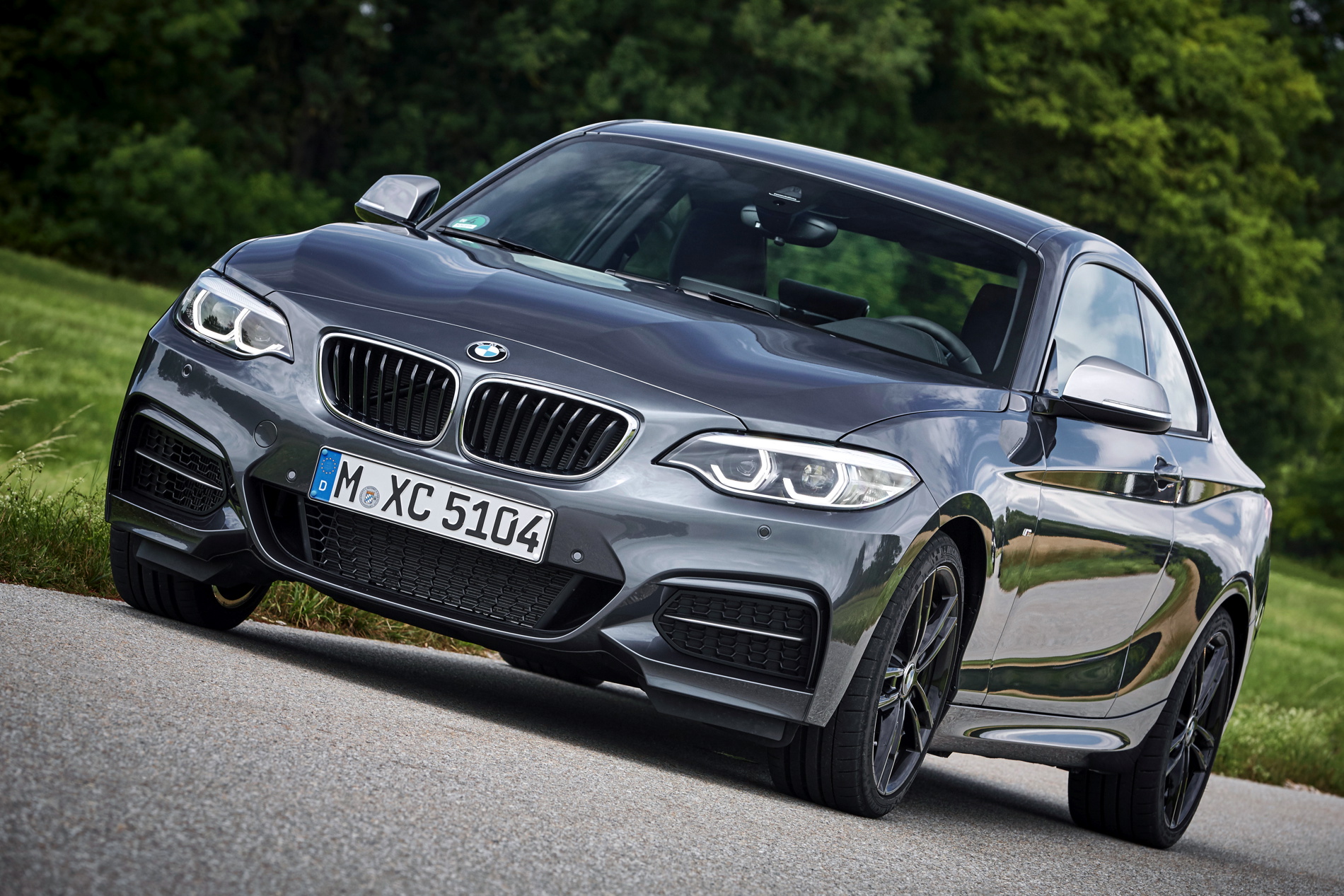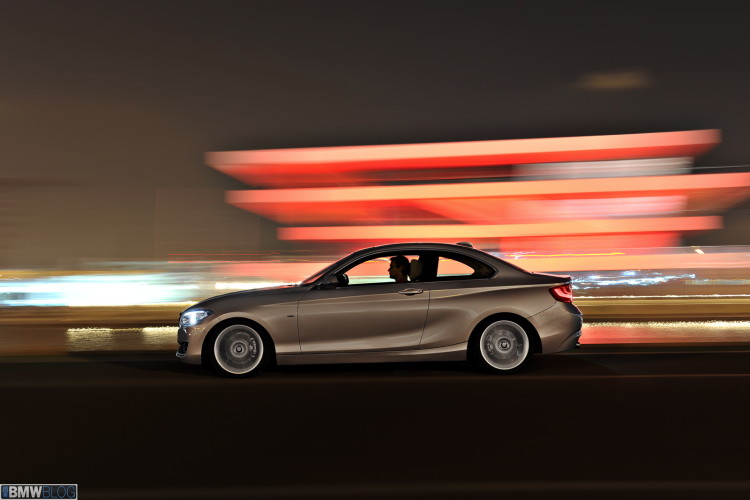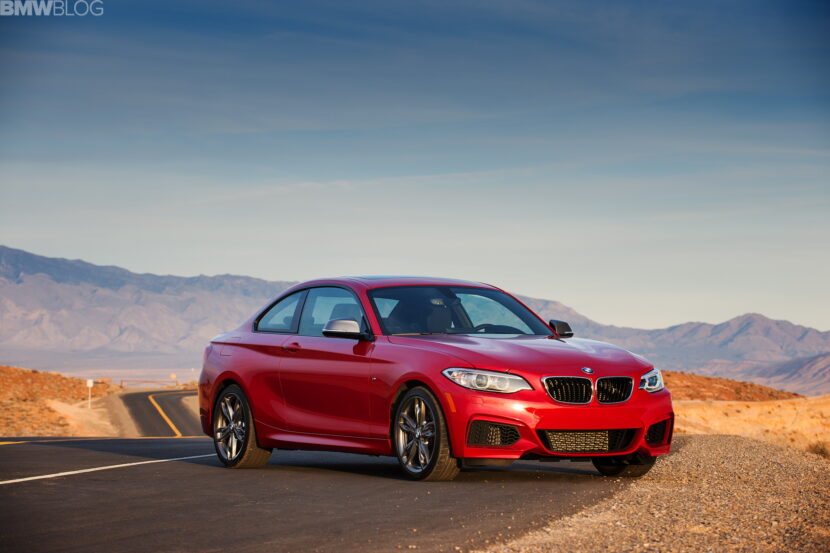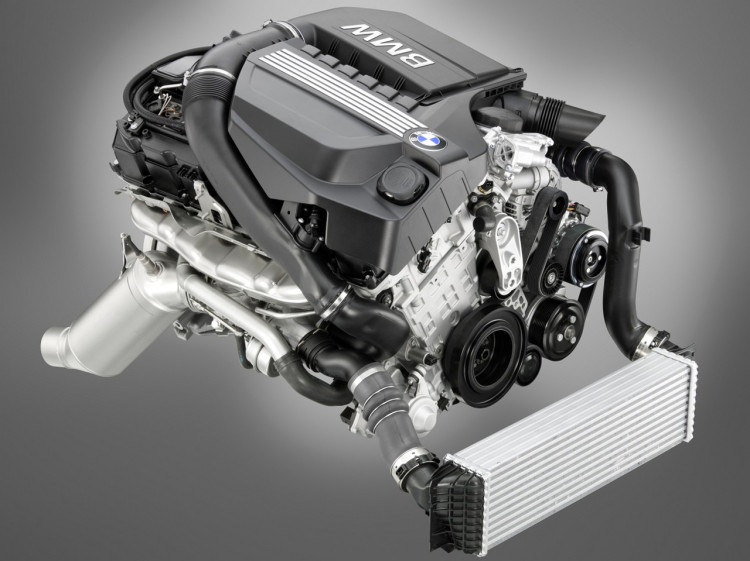BMW’s F22 2 Series Coupe is a car I quite fancy myself. Sadly, it’s not practical enough for my BMW parts business, but you know, one day, etc. Both the F22 and the F23 Convertible variant never drew much attention to themselves, but in my opinion, they are some of the best cars BMW has ever produced.
Replacing the weird and wonderful 1 Series Coupe almost 10 years ago, the 2 Series Coupe is the ideal BMW, at least for me. It’s compact enough to be closer in spirit to the 2002 and E30 (and the 318ti), plus it has features we will miss, such as a proper parking brake. There are plenty of used examples around now, as well as various engines – none of them are bad, although some early high mileage cars do have some “Oh Dear” potential.
Engine Lineup and Performance
The production of the F22 2 Series Coupe began in late 2013, and various trim levels were available in the UK: SE, Sport, M Sport, Modern, and Luxury. Those last two were cosmetic trim levels only and were not hugely popular. The original engine range included the turbocharged 2.0 liter N20 four-cylinders in 181 bhp 220i and 241 bhp 228i guises, plus the 141 bhp 218d and 181 bhp 220d with the last of the N47 2-liter diesels.
Diesel Power: N47 and B47 Engines
In 2015, the 218i arrived with its superb little three-cylinder turbo B38 engine with 134 bhp, and at around the same time, the N47 diesel was swapped for the revised B47. Power was increased to 148 bhp in the 218d and 188 bhp in the 220d. In 2016, the new B48 2-liter petrol engine arrived. These have rear-mounted timing chains like the diesels and now offer the same 181 bhp as a 220i, with the 228i replaced by the 248 bhp 230i.
The 2 Series was lightly restyled for 2017 – revisions included new bumpers and hexagonal LED headlights, updated LED taillights, new wheels, and paint colors. Inside, the facia was tweaked – Version 5 of iDrive was phased in during late 2016. Smoked taillights were the final change in 2019.
The M235i and M240i? The M235i arrived as rear-wheel drive only in 2014 with the 322 bhp N55 B30 turbostraight six, replaced in 2016 by the M240i in both rear-wheel drive and xDrive transmissions with the new 335 bhp B58 engine.
Motive Power
The 2 Series avoided the 1.6 N13 ‘Prince’ engine – you know, the 1.6 used in the MINI and Euro 116i. The 1.5-liter B38 is a nice engine and so far, it’s been reliable, although there have been cases of crankshaft thrust bearing wear. A weird noise when the clutch is depressed is cause for alarm, and if the oil looks like silver paint, there is a major issue.
Cars with a full BMW history are generally looked upon favorably for a goodwill claim. There have been some instances of timing chain guide breakage, but it’s rare. The 220i and 228i N20 was quite short-lived, built for about five years. These have similar potential faults as the B38 – timing chain guides and the crank thrust washer problem, but it’s not that common. The chain is at the front of the engine and can be replaced with the engine fitted. It’s a good idea to change the chain and guides at 100k as a precaution.
Earlier pre-2015 units can have a whining oil pump chain. Oil changes are vital. You can’t expect a turbocharged 2.0 petrol engine to thrive on old dirty oil, and a change every 10,000 miles will help. Injector problems are rare, and the nightmare of the N43 Piezo injectors banished. A chattering noise can be the turbo wastegate and can result in boost loss.
Avoid remapped 220i cars. The engine is not the same as the 228i unit, and its higher compression ratio and different pistons will not cope with 240 bhp for long. The 220i engine has a high 11:1 compression ratio, and the 228i is 10:1 for a very good reason. BMW can also detect any remap, no matter how clever your remap guy thinks he is.
The N47 diesel is a good engine, and by 2014 timing chain problems had been reduced – you’d be unlucky to have a problem, but again, they really need regular oil changes every 10,000 miles. It’s worth paying more and buying a 2015 onwards car with the B47 engine, basically a revised N47 with the chain problems sorted.
The N55 engine in the M235i was the final offshoot from the 2005 N52 unit that arrived in the E90 2 Series. Your problem could be finding one that hasn’t been abused – one owned by a hero with Facebook posts of the thing being drifted is not the car you want. Common problems include oil leaks – the rocker cover gasket, oil filter housing, and cooler gaskets… be aware that a faulty oil filler cap seal and/or a blocked breather valve can cause leaks. The breather valve is built into the rocker cover. It’s easy enough to replace with a $20 part, but sometimes, a complete new cover is then the only fix.
High mileage N55’s can also throw the alternator belt off inwards, with the belt being pushed into the engine past the crank oil seal – amazing but true. This is caused by a worn belt tensioner that operates at a weird angle, but it’s not a common problem – a new aftermarket belt tensioner is not expensive at about $50, and it’s easy to replace. The B58 in the M240i is a very good engine. The Vanos solenoids can give trouble, and they are tricky to replace, being on the back of the cylinder head.
Transmission Options and Considerations
These cars have either a six-speed manual or the marvelous eight-speed automatic. The manual ‘boxes fitted to the 218i, 220i, and 228i are the Getrag GS6-17 units that rarely give problems. The box in the 218d is another GS6-17 unit and… ditto. The 220d uses the bigger Getrag GS6-45DZ, and high mileage examples can display bad synchromesh on a forward gear like second or third or reverse. Good used gearboxes are expensive and may not last as long as a rebuilt unit.
Clutches and flywheels? Many are rattling on diesels by 70k, depending on how they were driven, with the petrol units lasting longer. The eight-speed automatic is a fantastic box. An oil and filter change at 100,000 miles is a good plan, although most autos still working at 200,000 miles (and they do this and more) haven’t had one. I wouldn’t bother, but it’s down to the individual owner.
Other stuff
These cars have just the usual bushes, shocks, and joints on high mileage cars, and even then, it’s pretty tough. EPS electric power steering is standard, which again is reliable enough. Look out for badly repaired write-offs; always do proper checks. Cars with pattern body panels, smashed Xenon lights replaced with halogens, and nonsense like that are to be avoided like the plague. It’s a much better idea to buy a higher mileage 2015 car than a low-mile 2014 car that’s been wrapped around a tree.












































































